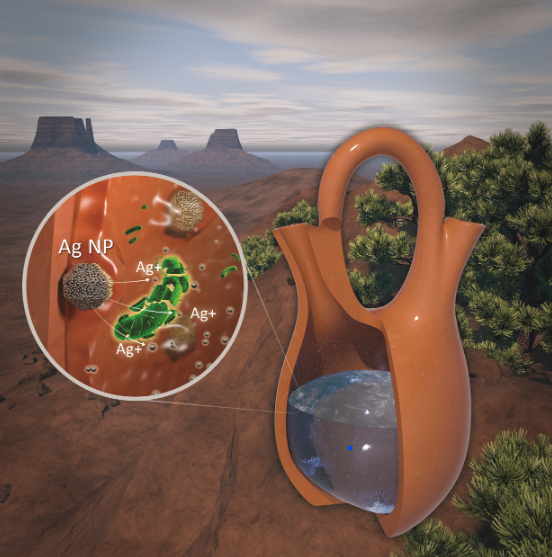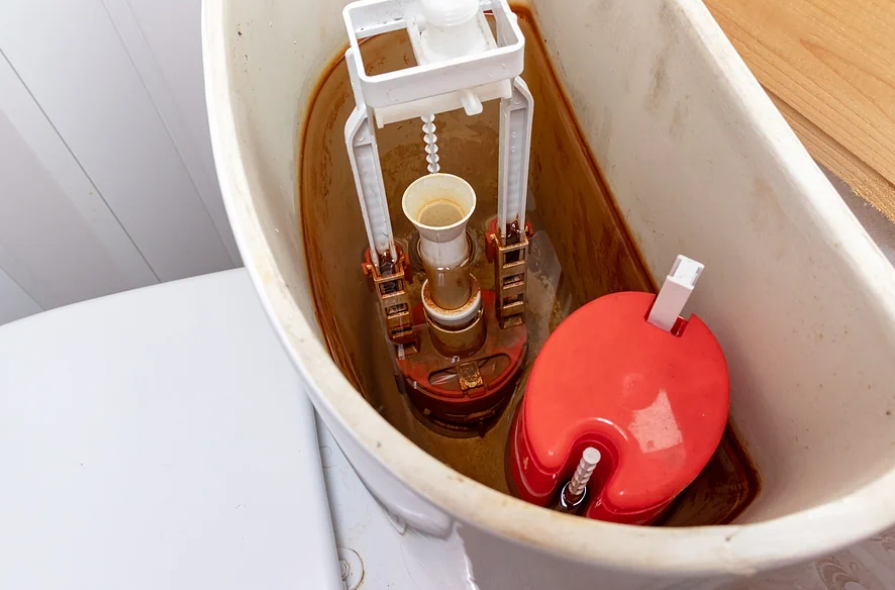Volcanic Ash, Repurposed
Volcanic Ash, Repurposed
Inferring from news headlines, you might think that volcano eruptions are rare–maybe a couple a year. This is definitely not the case! As of April 14, 2023, there were 49 volcanoes in eruption, 75% of them along the “Ring of Fire” where the Pacific Ocean meets land masses on the west and east. To see the names and places of these active volcanoes, check out this page in the Smithsonian’s Global Volcanism Program.
Volcanoes emit several things when they erupt. Gasses are composed of water vapor, carbon dioxide (CO2), sulphur dioxide (SO2), and hydrogen sulphide (H2S). In actuality, lava can also contain 6% or more of its mass as gasses. The gasses come out of solution from the lava when it erupts from the ground, in the form of bubbles or explosions. (Volcanoes) Lava can flow in many forms above ground, below ground, and underwater. The chemical composition of the lava causes it to have different viscosities and take different shapes as it cools and solidifies. This page has a detailed description and fascinating photos of the many different types of lava.
When gas and solids are emitted at the same time from a volcano–watch out! Pyroclastic flows are the most dangerous type of eruption, where the hot pressurized gas can carry fragments of rock and ash for long distances. Boulders can be thrown for miles if the eruption is particularly energetic, but the main danger for nearby residents is lava, fragments of rock called pumice, hot ash and gasses. It was once thought that the residents of Pompeii perished due to suffocation of ash, but new evidence points to extreme heat. (The Hazards of Pyroclastic Flows)
Clouds of ash can travel thousands of miles in the atmosphere. It can disrupt airplane traffic and cause air pollution in distant cities, but when “the dust settles”, volcanic ash can be a good thing, as it’s used for many purposes.
Solid particles emitted from volcanoes are collectively called tephra. Products made with tephra can be from ash (fragments of rocks, minerals, and volcanic glass ranging in size from sand to clay-like (from 2 mm to less than 0.004 mm in diameter) which is hard and abrasive), or milled/crushed from larger rocks and pumice. Here are a few examples:
- Bricks made with 10-20% ash of Mt. Etna, a very active volcano in Italy, were less porous, more compact and less susceptible to decay, with a small loss of strength that was still in acceptable parameters. (Producing Bricks with Volcanic Ash from Mount Etna)
- Concrete made with 30-50% ash vs. 100% Portland cement is less energy-intensive to make and is stronger. (Cities of the future may be built with locally available volcanic ash)
- Volcanic ash can make soil incredibly fertile due to the different minerals it contains.
- Volcanic rock can be used to purify water. This use is discussed in the rest of this article.
Zeolites are natural volcanic minerals with unique characteristics. They are aluminosilicates, meaning that they are composed of varying quantities of aluminum, oxygen and silicon. Zeolites were formed when volcanic ash was deposited in ancient alkaline lakes. The interaction of the volcanic ash with the salts in the lake water altered the ash into various zeolite materials, creating “pores”. The pores have typical diameters of 0.5 to 0.7 nm, which are slightly larger than the diameter of a water molecule. Positive ions are present in the channels, which can be exchanged for other ions.
This substitution of ions enables zeolites to selectively adsorb certain harmful or unwanted elements from soil, water and air. A good example is the removal of calcium from hard water, also called "softening". In this case, zeolites exchange sodium ions for calcium ions, which result in soft water. Zeolites also have strong attraction for certain harmful heavy metals such as lead, chromium, nickel and zinc. (Zeolites)
The oldest evidence of use of volcanic rock in water purification exists at Tikal, a Mayan city in northern Guatemala. The Maya collected zeolite and quartz from a crystalline tuff (a light, porous rock formed by consolidation of volcanic ash.) about 30 km northeast of the city between ~ 200 BC and 1000 A.D. They used these natural volcanic mineral resources to purify large volumes of drinking water in a tropical forest environment, which was complicated by catastrophic cyclones, volcanic events, droughts, and subsurface drainage; this is the oldest known zeolite water purification system. (Zeolite water purification at Tikal, an ancient Maya city in Guatemala)
Zeolites can also be synthesized from volcanic ash. In an effort to reduce landfill disposal of the ash surrounding Mt. Etna in Italy, two samples of ash were processed to form a synthetic zeolite that could adsorb cesium (a radioactive element) from polluted water. (Synthesis of zeolite from volcanic ash: Characterization and application for cesium removal)
For those whose interests lie more in beauty products, volcanic material has moved beyond pumice stones used for foot exfoliation and now the ash is having a moment in skin creams, masks and primers. The minerals in volcanic ash (including sulfur) are antibacterial, anti-inflammatory (when used temporarily and correctly) and some products can be used to exfoliate and dry especially oily skin. Three dermatologists weigh in on volcanic ash’s skin-clearing properties in this article.
How can you use volcanic ash or zeolite around your home? (Zeolites-applications)
- For adsorbing odors: in shoes, carpets and kitty litter
- For absorbing fat runoff in barbeque pits
- For adsorbing moisture in closets and cabinets
- As a filter medium for your fishtank (adsorbs ammonia)
- As a filter medium for an air purifier (removes ammonia, formaldehyde, and other VOCs)
- As a filter medium for water purifiers and softeners
- As a garden soil additive for drainage, minerals and for landscaping textural interest
The minerals and rock formations of volcanoes vary endlessly in composition and uses. Volcanic ash and zeolite are another of the earth’s natural filters and cleaners. As our air and water become more polluted, we expect these resources to be used in many more ways–another example of taking “waste” and repurposing it for a cleaner environment.
Photo by Yosh Ginsu on Unsplash





